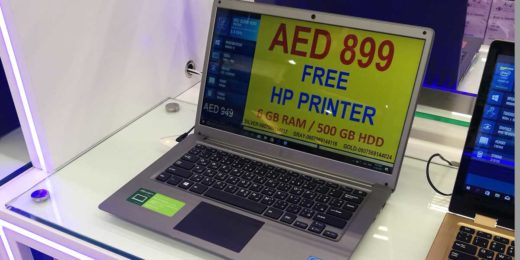There is nothing wrong with wanting to be perfect, however the desire to be perfect on day 1 of launching a new product, store, or system to market can be debilitating to launch itself. Yes, you want to believe that everyone is watching and that you’ve nailed it… but no matter how perfect you think you are, you are going to be criticised by someone.
Much has been written about the pros and cons of the ‘Fail early, Fail often’ mentality that apparently drives some start-ups. In reality, while those who have experienced failure know of its long term benefits, many are still afraid of the slightest stigma and in some cases, the thought of any criticism can lead to paralysing delays.
Some companies will be able to live with a process that goes to market with a Minimal Viable Product (MVP), while others will try to launch with a more complete offer. Either way, there are three things that need to be considered before pushing the button.
Do you Really Understand Your Customer?
Problem one for the Entrepreneurial Founder or Project Sponsor or Product Manager is a disconnect between customers. Is the end user the customer, or is the customer an investor or ‘The Market’ or the media? Is there a conflict between your customers and your end users?
Consider an advertising driven business model. You need to develop a product that gives your customers – advertisers – what they want, including reporting, but how do you balance that against providing value and utility for end-users, without whom you can’t sell advertising?
The concept of a ‘Beta’ is well established in some entrepreneurial spaces for this reason – to understand what the end user thinks, not the designers or product development team and this leads into the next issue.
Is your Customer Journey Realistic?
Every launch is a balancing act where determining the risk of going to market with an ‘unfinished’ product is weighed again lost sales, or lost time to competitors in a very fast moving market.
It is important that ‘Edge Cases’ are considered and tested, but there is a reason they are called edge cases. The likelihood of a scenario needs to be weighed not only against it’s frequency but also it’s impact. A user case that is rare but important might deserve more attention than a case that is frequent, but unimportant. Don’t focus on cases that are rare and unimportant.
Do you have a different experience for different customers? Who has signed off the cheapest one?
Imagine an aircraft design where the box for the in-seat audio visual entertainment completely takes up the leg room of 25% of seats, but the Project Sponsor sat in Business Class for the test flight, so it was never ‘caught’ before launch. Or imagine a hotel where 4 of the rooms experience significant noise because they are directly under the gym, but no-one ever slept in those rooms while the gym was being used during the ‘testing’. Sometimes, issues aren’t picked up until after things have gone live.
Which brings us to the last issue
Is there such thing as a Perfect Product?
The answer is probably no. Which is the biggest reason not to delay the launch of something because it is not 100%. For all its hype, the first iPhone didn’t allow users to ‘Cut and Paste’, which is a pretty big fail. No doubt, hundreds of designers looked at it, edge cases were considered and still it wasn’t right.
When it comes to even more complicated projects, like Omnichannel retail solutions, the reality is that version 1 is just that. There is a never-ending roadmap of enhancements and ‘bugs’ that will need to be addressed.
So… go live. Monitor feedback from customers and adapt quickly. Embrace the fact that your customers might have a different opinion to your ‘experts’ and that you will never be perfect.




No Comments